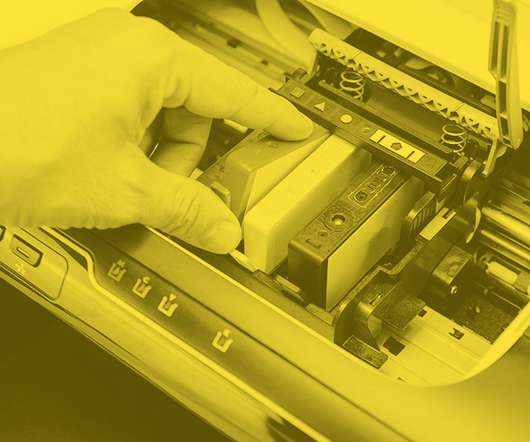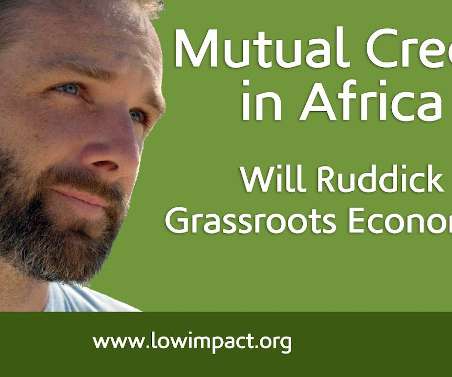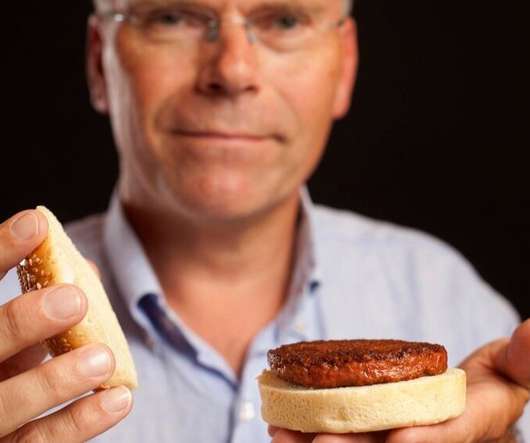Ethical Fashion: 3 Things To Know About Sustainable Clothing Printing
The Environmental Blog
JANUARY 18, 2022
Industry: plant for textile printing. With consumer awareness and consciousness shifting toward sustainable fashion, businesses in the clothing industry began to focus on making brands ethical. Also, it adheres to the corporate social responsibility of ethical supply chain and anti-exploitative labor standards.

















Let's personalize your content